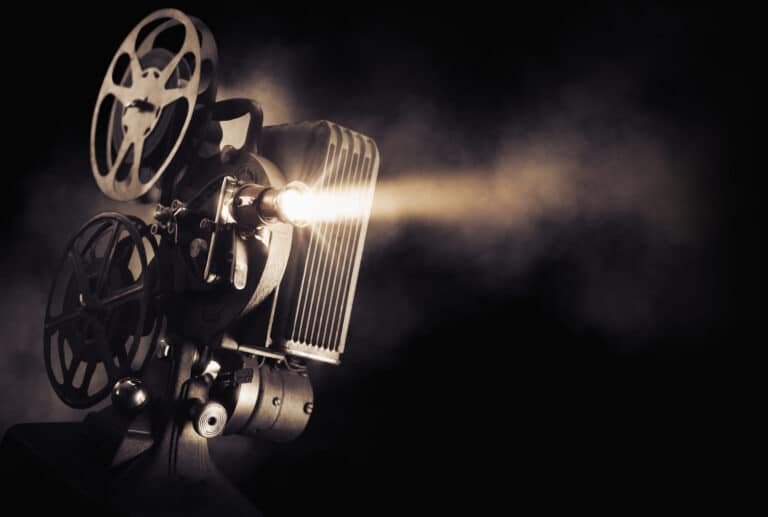What is voice-over and dubbing?
Voice-overs are the voices in a film or other multimedia presentation which are heard but not seen, while dubbing is the syncing of pre-recorded dialogue to people who cannot speak the language. The voice-over artist may have to use different inflections, speak clearly, enunciate correctly, and match the emotions of the on-screen character. They may have to adapt the tone of their voice, accordingly, depending on whether they are playing a character who is speaking in anger, fear, happiness, or pain.
Background: How does it work?
America and other places have widely adopted the English language, and movie and TV entertainment are no exception. However, there is always a high demand for voice-overs or dubbing for these shows, mainly in English. This is because there’s a market for the movies and TV shows to be seen by other people who speak different languages. But what about those who don’t speak English at all? How do they watch these shows if it has to be dubbed?
Dubbing happens when the voices of people speaking another language are replaced by other actors speaking English.
Voice-over is also called “post-synchronization,” It requires the artist to match their voice with an animated actor’s lip movements, which doesn’t always come naturally.
How does the process work?
The actor must listen to a reel or a clip of the existing dialogue from the dubbing scene. The actors then try to match their voice and emotions to that of the character in that scene. After trying out, if there is no perfect match available, or in case there’s a different shade necessary for the artiste to deliver a convincing performance. They use a ‘vari-speed’ technique to speed up or slow down the original dialogue. This is done in order for the new voice to better synchronize with it.
In some cases, when an artist from a country other than where the movie is being shot has been cast to provide the voice-over, that particular actor will be provided with the translation of the lines and be asked to read it in their native language. So, once they get the hang of how their character is supposed to sound, then an English speaker will dub that artist’s original dialogue for clarity and easy understanding by the audience.
Artists do not always get one audition before landing a voice-over/dubbing part. Often, they will receive call-backs and may even go through multiple auditions before being given the job.
Every language is different, and this knowledge is considered when the producer wants to provide a perfect match between mouth movements and English dialogue delivered by an artiste from India or Pakistan, etc.
In some cases, the artiste who was first selected to provide the voice-over/dubbing for a particular character does not have the right tone, pace, etc., for this role, another actor is called in to dub him.
Sometimes there are actors who are native speakers of English but are not good at performing or creating emotions required by the movie/TV show they are dubbing. If another artist with the required tone, pace, and emotion is not available, then the original actor’s performance is considered while dubbing.
Actors who speak English as their second language sometimes struggle to express certain words or emotions which require a native speaker’s touch. When it becomes hard for them to feel the character they are dubbing, another actor who speaks English as their first language will be asked to provide the voice-over.
There may be multiple actors from different countries giving voice over for one particular character’s dialogue in some cases. In these cases, the original actor’s performance is kept in consideration while dubbing.
Sometimes, actors are asked to dub their own voice for certain scenes. However, this happens only when the original dialogue is recorded in a soundproof booth during filming. It can be re-recorded later to create a better match with the movements of the character’s lips.
When there are multiple characters, whose voices need to be dubbed, the best performer (or performers) is selected to dub for all these characters.
Mostly, the actors performing the voice-over/dubbing parts are not visible in films or TV shows, but some on-screen actors also double up as voice artists; these include the likes of Scarlett Johansson, Ryan Reynolds, and others.
Tips for getting into this field if you’re not already doing it
The most crucial factor that determines if an actor is chosen to give the voice-over/dubbing part or not is their control over their voice. Artists need to have a talented voice and be able to create almost any sound with it. And for this, they need to be well versed in the use of their breathing techniques.
To make your voice sound like the character you are dubbing for, you need to speak in a slightly higher pitch than what is natural for you. This might require some time and practice, but say, if an artist is required to provide the voice-over/dub for a male character, then they will have to practice speaking in a slightly higher pitch and create the voice of that particular character. They should also be able to talk like that character in their normal tone, which will require even more practice.
Another critical thing to remember is that, unlike an on-screen actor, there are no body movements for the artiste providing dubbing/voice-over. So, they must create an overall impression of the character by just using their voice. If someone is dubbed over for a character with a heavy foreign accent, then they need to be adept at creating accents.
But the most crucial factor is to have a mind for acting. No one can get into this field without being an actor first or without having a natural flair for acting. So, if you are not already involved in the entertainment industry as an actor, then you will need to spend some time learning how to act before you can find a job as a voice artist.
To conclude, dubbing and voice-over are some of the critical aspects of a movie or TV show. It can be challenging to pull off if you’re not an experienced actor, but with some research on how it works, proper training, and practice, you might find yourself getting more opportunities for this work. If you are interested in becoming an expert at dubbing/voice-over work, there are plenty of online resources that will help guide you through the process. We hope our input has helped answer any questions about what dubbing is all about, so now it’s time to move forward with your new knowledge!
Was this article useful to you?
0 / 5. 0
很抱歉,这篇文章对您没有用!
让我们改善这篇文章!
告诉我们我们如何改善这篇文章?









